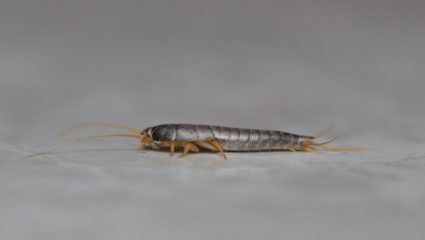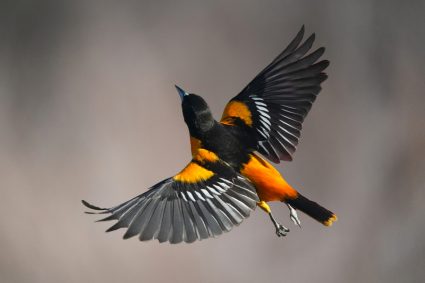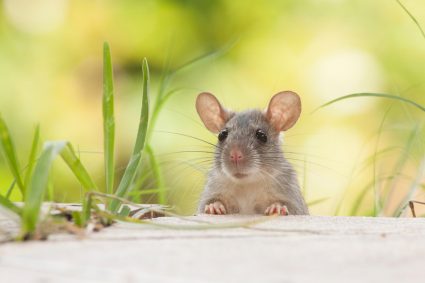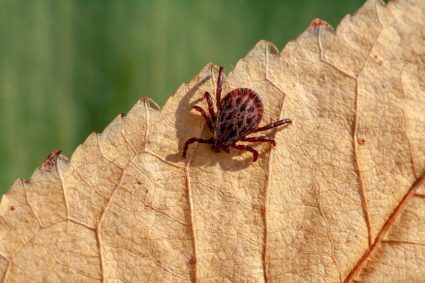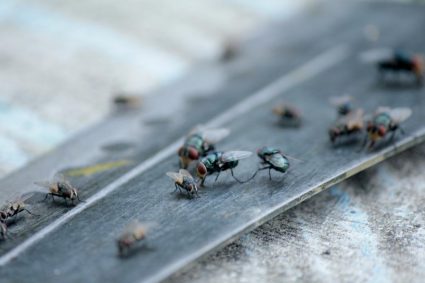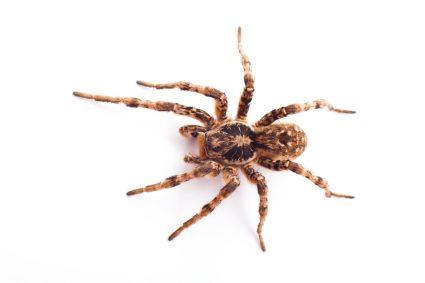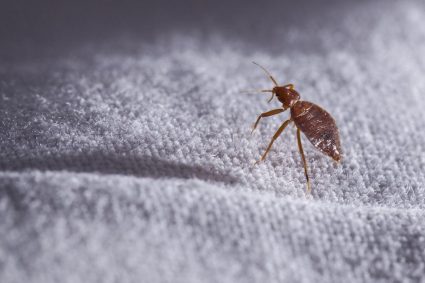
Cockroaches, better known as roaches, are a type of insect that have existed for millions of years, making them among the most primitive living Neopteran insects. They boast a flattened oval body, long threadlike antennae, and a shining black or brown leathery integument. Their heads are bent downward, and their mouthparts point backward instead of forward or downward, unlike most other insects.
Roaches, or cockroaches, are a type of insect that have existed for millions of years. They have a flattened oval body, long antennae, and a black or brown leathery body. There are thousands of species worldwide, but only a few are considered pests. They are typically found in warm, dark, and damp areas like kitchens and bathrooms. Roaches have a three-stage lifecycle: egg, nymph, and adult. They play a significant role in the ecosystem, serving as a food source for various animals and helping recycle nutrients. Despite their reputation, not all roaches are pests.
Types of Roaches
There are thousands of species of cockroaches throughout the world, but only a few have become pests. Some of the more common species include:
- German Cockroach (Blattella germanica): These are one of the most common species, measuring 13 to 16 mm long and pale brown in color, with two dark-brown stripes behind the head. They typically live up to 12 months and produce more eggs than other species.
- American Cockroach (Periplaneta americana): These are the largest cockroaches commonly found in homes, growing up to 53 mm in length. They are reddish-brown to brown in color, with light yellow bands around the shield behind the head. Both males and females have wings and are capable of flying short distances.
These roaches differ in size, color, habitat preferences, and reproductive rates. Some species, like the American cockroach, can fly, while others cannot.
Roach Habitats
Roaches are typically found in a variety of habitats, such as urban areas, homes, restaurants, sewers, and outdoor environments like gardens. They prefer warm, dark, and damp areas, and can often be found in kitchens, bathrooms, basements, crawl spaces, and attics.
Lifecycle of Roaches
The lifecycle of a cockroach consists of three developmental stages: egg, nymph, and adult. After the final molt, cockroaches reach full maturity, developing wings and reproductive capabilities. The adult stage can last from a few months to over a year, depending on the species.
Roaches and the Ecosystem
Cockroaches contribute to the ecosystem in many ways. They serve as a significant food source for various animals, including birds, mammals, and reptiles. Roaches also help recycle nutrients in the ecosystem by consuming decaying organic matter, leaf litter, and wood.
Common Misconceptions about Roaches
Despite their reputation, not all roaches are pests. Only about 1% of cockroach species are considered household pests, which is about thirty species. Other misconceptions include the belief that roaches are invulnerable to nuclear explosions and that all roaches can fly.
Interactions with Humans
Cockroaches interact with humans in both negative and positive ways. They can carry pathogens and microorganisms that cause diseases in humans, such as diarrhea, dysentery, cholera, and typhoid fever. On the positive side, roaches serve as a food source for other animals and contribute to the recycling of organic matter in nature.
Managing Roach Infestations
Preventing and managing roach infestations involve a combination of sanitation, exclusion, and targeted treatments. If the infestation is severe or persistent, consider hiring a professional exterminator who can use a range of techniques and chemicals to effectively eliminate roaches.
In conclusion, while roaches are often seen as pests, they play a vital role in our ecosystem. Understanding their biology, lifecycle, and habits can help us manage their populations and coexist with these resilient insects.
Frequently Asked Questions
What do roaches eat?
Roaches are omnivorous and opportunistic feeders. They eat a wide variety of food, including starches, sweets, greasy materials, cheese, beer, leather, bakery products, book bindings, glue, hair, flakes of dried skin, dead animals, plant materials, and soiled clothing.
Are there any health benefits to having roaches around?
While roaches do play a role in the ecosystem by breaking down organic matter, they are generally considered harmful to human health. They can carry pathogens and allergens, which can trigger asthma and other allergic reactions. Therefore, it’s best to keep your living spaces roach-free.
What attracts roaches to my home?
Roaches are attracted to food, water, and shelter. They are particularly attracted to areas with food crumbs, unsealed food containers, pet food, excess moisture, and clutter. Good sanitation practices can help prevent a roach infestation.
Can roaches survive without a head?
Yes, roaches can survive without their heads for about a week. This is because they breathe through tiny holes in their body segments and don’t require their mouths to do so. However, without a mouth, they can’t drink water and eventually die of dehydration.
How fast can roaches reproduce?
Roaches reproduce rapidly. A female German cockroach, for example, can produce up to 400 offspring in her lifetime. This quick reproduction rate is one reason why roach infestations can quickly get out of hand if not addressed promptly.

